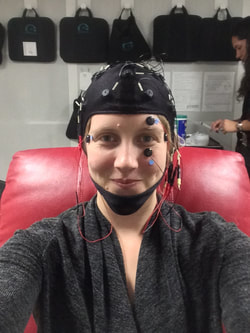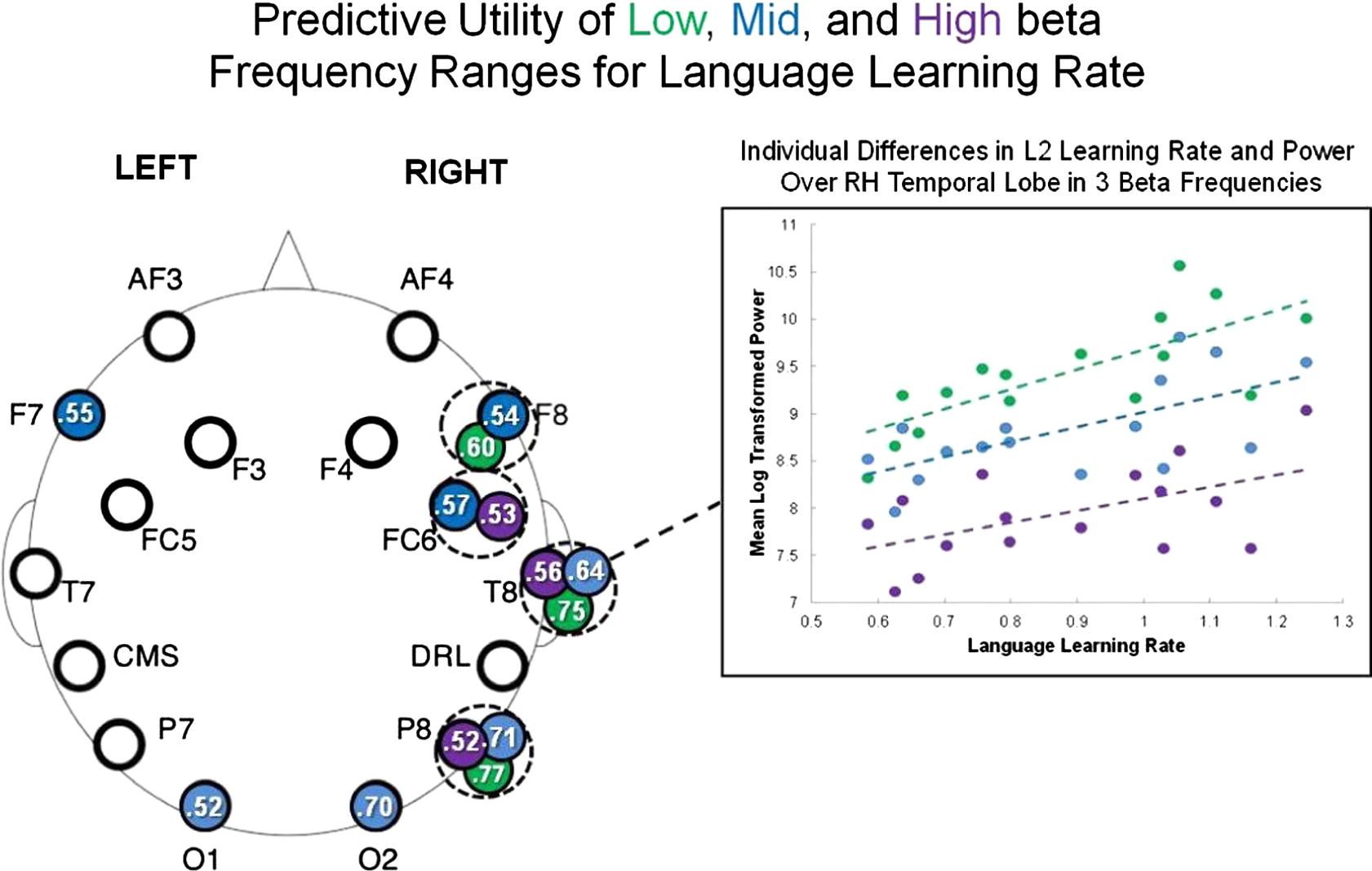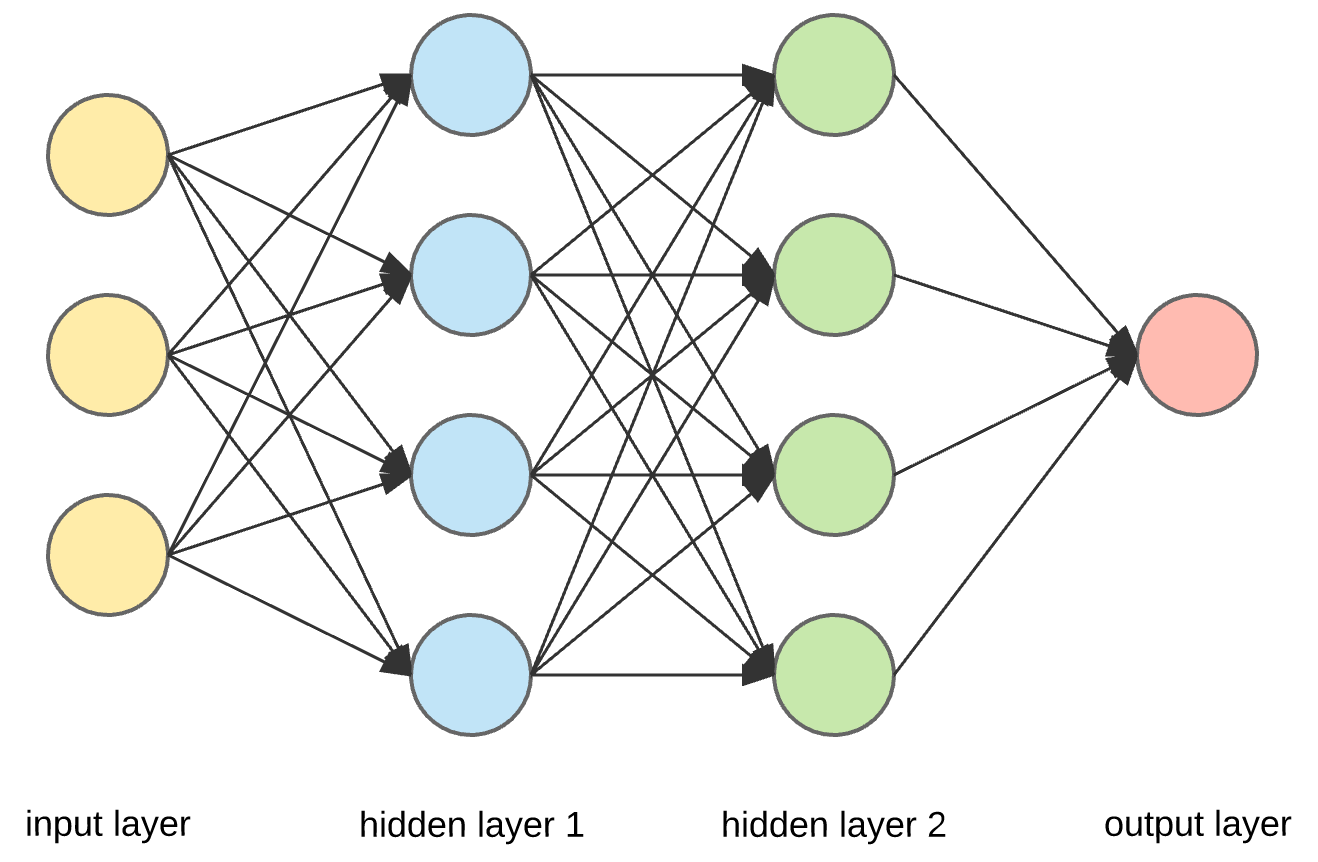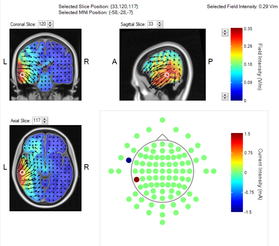Featured Projects:
|
For adults especially, the native language plays important support roles during the acquisition of another language, informing learners about how to allocate attention, the different functions that words and word endings can mean, etc. However, research on proficient bilinguals shows that learning and using two languages in turn changes how bilinguals use their native language, making it more similar to their other language where they overlap, and making it slower or more difficult to access where they don't.
Given how entrenched and automatic the native language is in adult monolinguals who begin learning a new language, the propensity of the native language to change in these ways to accommodate learning a new language may predict learning success. We tested the hypothesis that these changes can be detected in early stages of language learning, and that some learners are more accommodating than others. |
You can't turn off hearing. You always hear what is going on around you, whether it is in a language you understand or not. And in fact, ambient exposure to unknown languages actually produces low levels of learning, such as being able to detect word boundaries or simple vocabulary.
Language diversity can be very low or very high in different areas of the world. In most of the US and UK, it is common to hear only English on a regular day. In other places, like Hong Kong or southern California, every day is filled with more than one language. We found that English monolinguals who have been living in a diverse environment, like southern California, are sensitive to subtle, unfamiliar distinctions in the sounds of a foreign language whereas monolinguals in a homogeneously English environment are not. Exposure to ambient linguistic diversity actually promotes a person's ability to learn a new language, regardless of whether they speak the languages in the environment or not. (Bice & Kroll, 2019) |
Some people seem to learn new languages easily, while most of us struggle.
One thing that makes learning easier is already knowing more than one language (i.e., bilinguals). But not all bilingual experiences are alike-learning a second language from birth or a young age often relies on more implicit learning, whereas learning later in a classroom typically relies on more explicit learning. How do different bilingual experiences and different learning strategies contribute to a person's language learning trajectory and success? Are these individual differences also reflected in how they process their known language(s)? |



